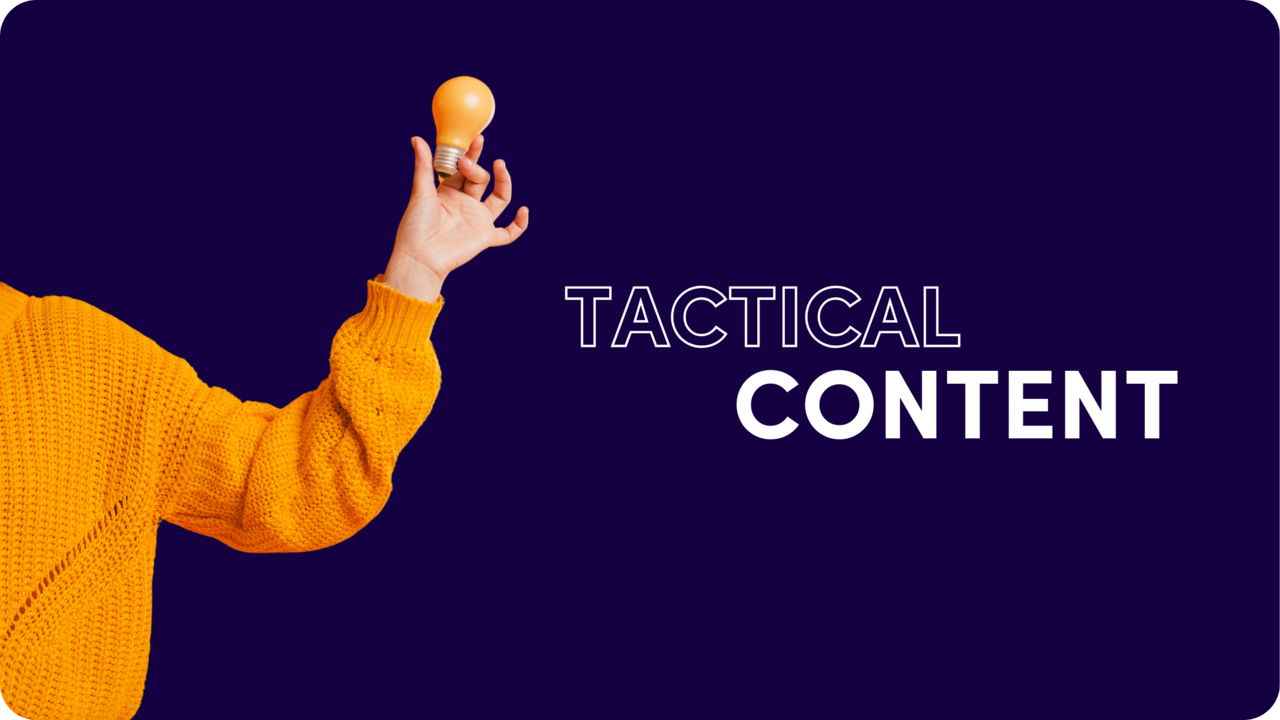Q&A With Outbrain’s Smartlogic Experts

Welcome back to this series dedicated to Smartlogic. In our first post, we introduced Smartlogic, exploring how this new technology is transforming the Outbrain recommendation experience. Now we are back to lift the lid on the technical challenges we overcame during development of this industry-first technology.
Who better to tell this story than our stellar Product and R&D teams? Check out our interview with them below:
Q: To bring Smartlogic to life, Outbrain had to re-think its technical infrastructure. Walk us through the main challenges you had to face?
A: Liat Abrahami, Direct Supply, Product Team Lead
With Smartlogic we are innovating on finding the optimal way to not just pick which recommendation is shown but transform the entire user experience and adjust based on publishers unique goals.
Our primary challenge was technical. Powering a dynamic engine that always looks to deliver the optimal feed means that for every single user and widget, various recommendation formats and designs are competing. This requires constant calls to the Outbrain servers so we had to find a clever way to make it possible without slowing down the user experience or page loading.
Our second pain point has been to ensure we could dynamically render these different cards across different page types without breaking the overall widget layout.
Last but not least, it was absolutely crucial for us to build a product that is able to take into account partners’ individual KPIs. The Smart-Goal feature allows partners to easily define a goal according to their own KPI(s). They can decide whether they want to prioritize an increased monetization or if they want to improve both the monetization and editorial engagement. Smartlogic takes this goal into account when defining the ideal placement set up.
The road to Smartlogic was definitely full of obstacles. It took us 24 months of development and a meaningful amount of full-time engineers, but we are very proud of the amazing impact & feedback we have already had from our partners!”
Q: With so many different layout options that you could show audiences, how do you find the best layout to show to each user?
A: Vlad loffe, Group Manager, R&D
At this stage, you may be wondering: how can we know the optimum card experience to show and order? Well, we have a range of parameters backed into our models to help us estimate the value of each card & anticipate audiences propensity to engage
The very last step is picking the right design using our Smart-Design feature. We are always designing, testing and launching UI variations on both the feed and card level. All these levers are under constant optimization as part of the layered auction to make sure we provide the best user experience possible.
Q: Publishers may be hesitant about embracing machine learning when it comes to automating the selection of advertising vs editorial and the design of recommendations. How does Smartlogic find this right balance and deliver on user experience?
A: Amnon Lahav, VP, Supply Operations & Feed
Preserving the user experience has always been key for Outrain. With Smartlogic, we clearly succeeded in finding the right marriage between AI and human control. The results speak for themselves, our launch partners integrated Smartlogic more than a year ago and are still seeing tremendous results.”
Q: What is the future of Smarlogic? Any sneak peeks you can give us for the future plans?
A: Amnon Lahav, VP, Supply Operations & Feed
Our first priority is to keep releasing new innovative formats and designs. We are convinced that this is key to fight user fatigue, create the best user experience and maintain high click through rates.
We will also integrate a range of new additional editorial focused features and goals into the Smartlogic engine, allowing us to deliver even more efficiently on our lifetime value (LTV) objective.
This is only the beginning, stay tuned for a lot more to come.”For more information on Smartlogic, please check out our Smartlogic info page or reach out to your Outbrain point of contact.










